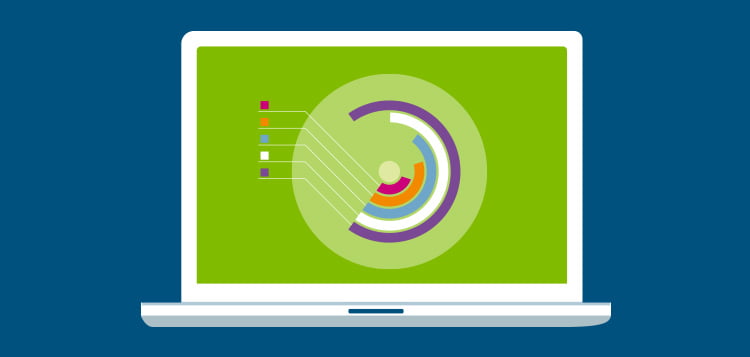Intrigued In Discovering Just How Web Site Design Has Advanced For Many Years? Explore The Journey From Fundamental, Simple Layouts To User-Centric Interfaces That Prioritize The Site Visitor'S Experience
Intrigued In Discovering Just How Web Site Design Has Advanced For Many Years? Explore The Journey From Fundamental, Simple Layouts To User-Centric Interfaces That Prioritize The Site Visitor'S Experience
Blog Article
Staff Writer-Collier Dodson
In the past, web sites were simple and focused on info. Navigating was direct, and style was for desktop computers. Now, individual experience is crucial. Data guides styles for easy navigating. Receptive designs fit various gadgets. Today, dark setting minimizes strain, and minimalist food selections enhance navigation. Interactive features engage individuals, and vibrant visuals stand apart. AI combination boosts engagement. See just how design has advanced to boost your on-line journey.
Early Days of Website Design
In the early days of web design, simplicity preponderated. Websites were basic, with restricted shades, fonts, and layouts. The focus was on supplying details rather than showy visuals. Users accessed the internet with slow-moving dial-up links, so rate and performance were key.
Navigation menus were straightforward, usually situated on top or side of the page. Internet sites were made for desktop computers, as mobile browsing had not been yet widespread. Material was king, and designers prioritized simple readability over complicated layout elements.
HTML was the main coding language made use of, and developers had to work within its restrictions. Computer animations and interactive attributes were minimal contrasted to today's requirements. Read the Full Guide were static, with little dynamic web content or tailored individual experiences.
Surge of User-Focused Design
With the advancement of website layout, a change towards user-focused design principles has actually come to be progressively noticeable. Today, developing websites that prioritize individual experience is essential for engaging site visitors and accomplishing company goals. User-focused style includes comprehending the needs, preferences, and actions of your target audience to customize the site's design, web content, and includes appropriately.
Developers currently perform thorough research, such as individual studies and use testing, to gather insights and feedback directly from individuals. This data-driven strategy aids in creating user-friendly navigation, clear calls-to-action, and aesthetically attractive interfaces that reverberate with visitors. By positioning the user at the center of the layout procedure, sites can deliver an extra customized and pleasurable experience.
Receptive design has likewise become a key aspect of user-focused layout, making certain that web sites are optimized for different tools and screen dimensions. This adaptability boosts accessibility and usability, dealing with the diverse means users engage with web sites today. Fundamentally, the rise of user-focused layout symbolizes a change towards creating digital experiences that prioritize the needs and assumptions of the end customer.
Modern Trends in Website Design
Check out the most up to date patterns forming website design today. One prominent fad is dark mode style, offering a streamlined and modern appearance while minimizing eye stress in low-light settings. One more key trend is minimal navigating, simplifying menus and enhancing individual experience by focusing on essential elements. Incorporating micro-interactions, such as animated buttons or scrolling effects, can develop a more engaging and interactive web site. Responsive style remains critical, making certain smooth user experiences throughout numerous devices. In addition, making use of strong typography and unbalanced layouts can include aesthetic rate of interest and accentuate details material.
Incorporating AI technology, like chatbots for customer assistance or customized referrals, boosts user interaction and improves procedures. Ease of https://emiliooxdjq.aboutyoublog.com/31260576/start-a-course-to-social-media-marketing-success-with-actionable-guidance-and-approaches-that-will-elevate-your-online-account-don-t-allow-these-important-pointers-slip-away has also come to be a substantial fad, with designers prioritizing inclusive layout methods to deal with diverse individual requirements. Embracing sustainability by enhancing site efficiency for rate and efficiency is one more emerging fad in website design. Teaming up with user comments and data analytics to iterate and improve layout continually is crucial for remaining pertinent in the ever-evolving electronic landscape. By accepting these contemporary fads, you can produce an aesthetically enticing, easy to use site that reverberates with your audience.
Conclusion
As you assess the advancement of site style from the early days to now, you can see just how user-focused design has actually come to be the driving pressure behind contemporary patterns.
Embrace the trip of change and adaptation in website design, constantly maintaining the individual experience at the center.
Remain current with the current patterns and modern technologies, and never ever quit advancing your technique to develop visually stunning and easy to use web sites.
Progress, adapt, and produce - the future of website design remains in your hands.
